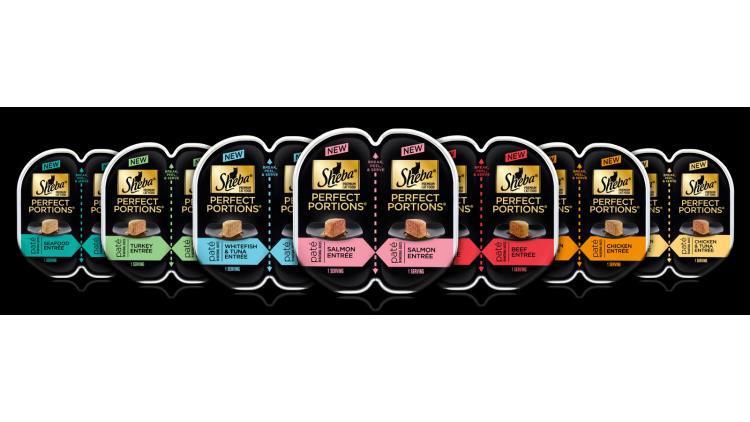Small packages can deliver great value for beverage, food, healthcare and personal care products.
Single-serve and small packaging is having more and more success: consumer lifestyles are driving the trend toward smaller packaging.
What drives food and drinks are issues like convenience, dietary awareness, freshness and reducing waste. “It’s a lot about convenience, 2, including both portability and on-the-go functionality, says Brian Wagner, consulting services for HAVI Global Solutions. “Portable meaning I can take it somewhere else to consume. On-the-go meaning I can use it while I’m moving,” he explains. Single-serve packets need to be small enough to fit into a pocket or a purse, and tough enough to survive.
The evolution of Eating report from Acosta Sales & Marketing shows that 61% of people believe reading food labels is very important for their health during grocery shopping: this may inspire brand owners to introduce even more single-serving packs as consumers realize how many calories are in a package of food.
“As it becomes more evident and obvious on a label that there are potential negatives associated with whatever I’m buying, I can envision companies rightsizing [or] downsizing” their packaging, Wagner says.
The consumers’ desire for variety, affordability and on-the-go convenience when buying health and beauty products are leading the way for more miniaturized packaging: airport regulations require mini personal-care packaging for air-travelers with carry-on luggage, and even commuters prefer small packages.
Kid friendly
American Beverage Corp. is launching its HUG Fruit Slushee line: the products are packaged in a shelf-stable, foil-laminate 8-oz pouch to be freezed and then consumed.
“The pouch’s snow-cone shape provides an easy-to-hold package for children,” says Molly Boras, senior director of innovation at American Beverage. In addition, “the pouches have an easy-tear strip that creates a 2-inch opening for easy consumption.”
Other than freezing the product requires no other preparation, so kids can serve themselves and the pouch can be put into a lunchbox, coming in two flavours: Strawberry and Blue Raspberry.

Kitty sized
With its new snap-apart tray packs for Sheba Perfect Portions cat food, Mars Petcare has developed a package that includes two single-serve plastic trays with peelable lids: each one contains 1.3 oz of cat food, the right and easy amount for a healthy meal for a cat.

Trial scent
Scentbird, a web-based perfume subscription service, uses miniaturized packaging to let consumers try a wide array of perfumes, affordably and over time: for a fee of $14.95, subscribers will receive monthly a package with a fragrance of their choice (the 8-milliliter container is a recyclable glass vial with a sprayer).
A pretty cylindrical case, coming free with the first delivery, procures protection for the vial, which can be removed when the new one arrives.
“Our vision is for the case to be viwed as a fashion accessory,” says Rachel Brink, chief marketing officer and co-founder of Scentbird. “We will launch different colours and finishes.”

Hot single-dose toddy
Hygienic product delivery is an essential consideration in pharmaceutical packaging, and one of the main reasons why developers choose single-serve formats.
Reckitt Benckiser adopted single-dose flexible packaging for its hot-liquid formulation of Maximum Strength Mucinex Fast-Max cold-and-flu medicine: the package comes in the form of a custom, mug-shaped blister pack, containing 8 single-dose pouches with powdered product.
“The package shape and graphics communicate the unique product, which offers the max strength symptom relief of Mucinex Fast-Max in a soothing hot liquid format,” says Shivanthi Vannan, marketing director, U.S. healthcare, Reckitt Benckiser.

Single-use sachets remain popular in emerging markets
Affordability is a key factor for single-serve and single-use flexible packaging in emerging markets: individual sachets have been used for many years to sell foods, beverages, personal-care products and even laundry detergent into markets like India, Indonesia and China.
For example, more than 80% of brand owned shampoos sold in the Philippines are packaged in single-use sachets: it’s more budget sensible to buy single-use sachets for people who are living paycheck to paycheck, than buying cheaper products in bulk.
But the sachets are costly in another way, says HAVI’s Wagner, citing environmental pollution. “There are these little pouches floating all over the countryside.”
